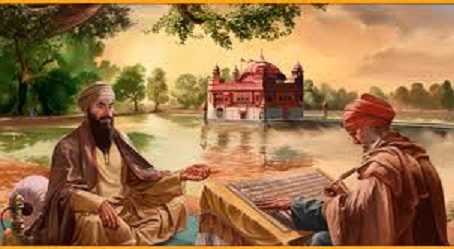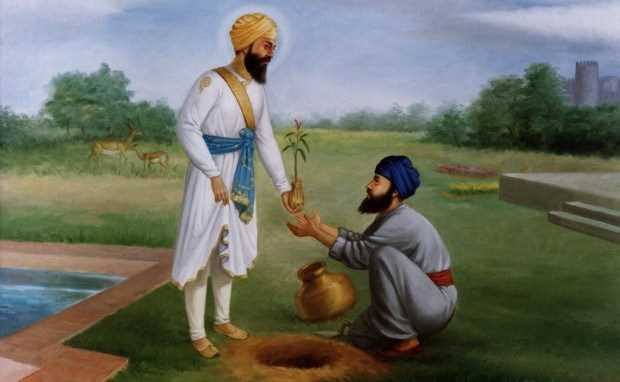
Guru Har Rai (16th January 1630 – 6th October 1661) was the seventh Guru of the Sikhs. There were ten Sikh Gurus. Guru Har Rai was the seventh Nanak out of the ten Sikh Gurus. He was also known as The Seventh Master. Guru Har Rai became the leader of the Sikh’s on 8th March 1644 at the age of 14. He succeeded his grandfather and sixth Sikh Guru. The sixth Sikh Guru was Guru Hargobind. Guru Har Rai was born in Kiratpur Sahib, Rupnagar, Punjab, Mughal Empire (present-day India). Guru Har Rai died at the age of 31. His second son Har Kishan succeeded him and became the eighth Guru of the Sikhs.

Overall there are eleven Sikh Gurus. The eleventh Guru is the everlasting Sikh scripture known as the Guru Granth Sahib. This scripture is also known as the holy book of the Sikhs. The ten human-forms Sikh Gurus out of the eleven Sikh Gurus are as follows
First Sikh Guru was Sri Guru Nanak Dev Ji (born in 1469 – died in 1538)
Second Sikh Guru was Sri Guru Angad Dev Ji (born in 1504 - died in 1552)
Third Sikh Guru was Sri Guru Amar Das Ji (born in 1479 - died in 1574)
Fourth Sikh Guru was Sri Guru Ram Das Ji (born in 1534 - died in 1581)
Fifth Sikh Guru was Sri Guru Arjun Dev Ji (born in 1563 - died in 1606)
Sixth Sikh Guru was Sri Guru Hargobind Ji (born in 1595 - died in 1644)
Seventh Sikh Guru was Sri Guru Har Rai Ji (born in 1630 - died in 1661)
Eighth Sikh Guru was Sri Guru Har Kishan Ji (born in 1656 - died in 1663)
Ninth Sikh Guru was Sri Guru Tegh Bahadur Ji (born in 1621 - died in 1675)
Tenth Sikh Guru was Sri Guru Gobind Singh Ji (born in 1666 - died in 1708)

